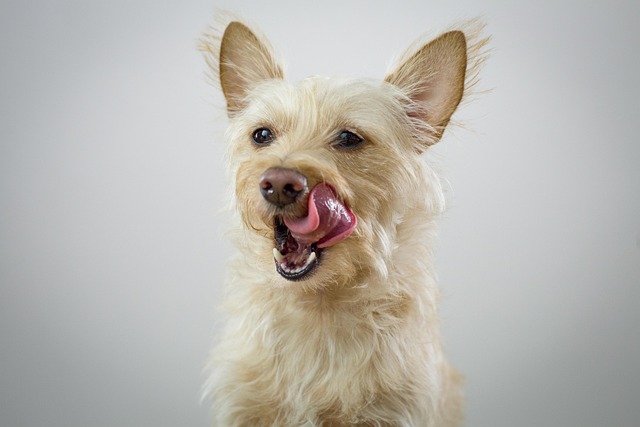
How do i train my dog to be obedient?
Watching your dog dart across the park ignoring your calls isn’t just frustrating—it can put them at risk near busy streets or public spaces.
That moment you bring home your squishy 8-week-old Labrador puppy – all wobbly legs and needle-sharp teeth – might feel too early for training. Can you even teach a baby this young? Absolutely! In fact, this is the golden window where their rapidly developing brain is primed for learning, much like a toddler soaking up language. Puppies at this age aren’t just capable of learning; they crave mental engagement. Their neural pathways are forming at lightning speed, making positive experiences stick. However, training an infant dog isn’t about strict obedience drills. It’s about gentle guidance, bite-sized sessions (literally 1-2 minutes!), and building trust through rewards. Forget harsh corrections or dominance myths – yanking leashes or rubbing noses in accidents is scientifically proven to damage your bond and increase fear. Modern training relies entirely on positive reinforcement: tasty treats (pea-sized chicken bits!), cheerful praise, and play.
Start with foundational skills that prioritize safety and sanity. Potty training is job one: take your pup outside immediately after waking, eating, drinking, or playing. Pick a consistent spot in your yard or apartment courtyard. When they potty there, mark the behavior with a bright "Yes!" and reward instantly. Accidents indoors? Clean thoroughly with enzymatic cleaner (Nature’s Miracle works great) – no scolding! Name recognition is next: say their name happily, and when they glance at you, shower them with treats. Teach gentle bite inhibition: when needle teeth clamp down during play, yelp "Ouch!" dramatically, freeze for 5 seconds, then redirect to a chew toy. Leash introduction begins indoors: let them drag a lightweight leash while playing, rewarding calm acceptance. Crate training builds security: toss high-value treats inside (kibble in a crumpled paper bag), letting them explore freely. Never force confinement. Keep every session joyful and end before they get frustrated.

Critical socialization isn’t formal "training" but shapes future behavior. Before full vaccination (around 16 weeks), safely expose them to novel sights, sounds, and surfaces without direct contact. Carry them through your Seattle apartment hallway, letting them observe distant traffic. Play recordings of doorbells, vacuums, and thunderstorms at low volume while feeding treats. Introduce secure, vaccinated adult dogs in controlled settings. Reward calm curiosity. Vaccine compliance is non-negotiable during this phase – skipping rabies or DHPP shots (legally required for licensing in all U.S. states) risks deadly diseases. Avoid public dog parks or Petco floors until fully protected. Always carry waste bags; even tiny puppy poops must be scooped immediately per city ordinances – it’s not just neighborly, it’s the law.
Apartment living demands extra finesse. That echoing lobby or shared elevator can overwhelm tiny pups. Desensitize gradually: sit quietly in the building stairwell during off-hours, rewarding calm behavior. Use pee pads strategically near your door for overnight emergencies. Teach a "quiet" cue for whining using treats when they pause barking. Respect communal spaces: keep leashes short in hallways, avoid peak elevator times, and always wipe paws if it’s rainy. Remember, neighbors will judge your puppy-raising ethics – positive training and prompt cleanup build goodwill. Training your 8-week-old isn’t just possible; it’s the foundation for a well-adjusted companion. Patience, tiny treats, and celebrating small wins create a confident dog who trusts you implicitly. Those 2-minute sessions today prevent big behavior issues tomorrow.

Watching your dog dart across the park ignoring your calls isn’t just frustrating—it can put them at risk near busy streets or public spaces.

New puppy owners often find themselves rushing to clean up accidents before they set in, and that’s where puppy pad training becomes a game-changer.

If you've noticed your dog's waistline disappearing and your veterinarian has mentioned those few extra pounds, your first instinct might be to simply reduce the amount of food in their bowl.

Training a dog to use a designated spot indoors isn’t as daunting as many new owners fear, but it does take consistency and an understanding of your pet’s needs.

That moment of dread on a walk is all too familiar for many new dog owners. You see another dog approaching down the sidewalk of your neighborhood

If the sight of another dog on your neighborhood walk makes your heart sink as your own dog erupts into a frenzy of barking and lunging, you're not alone.